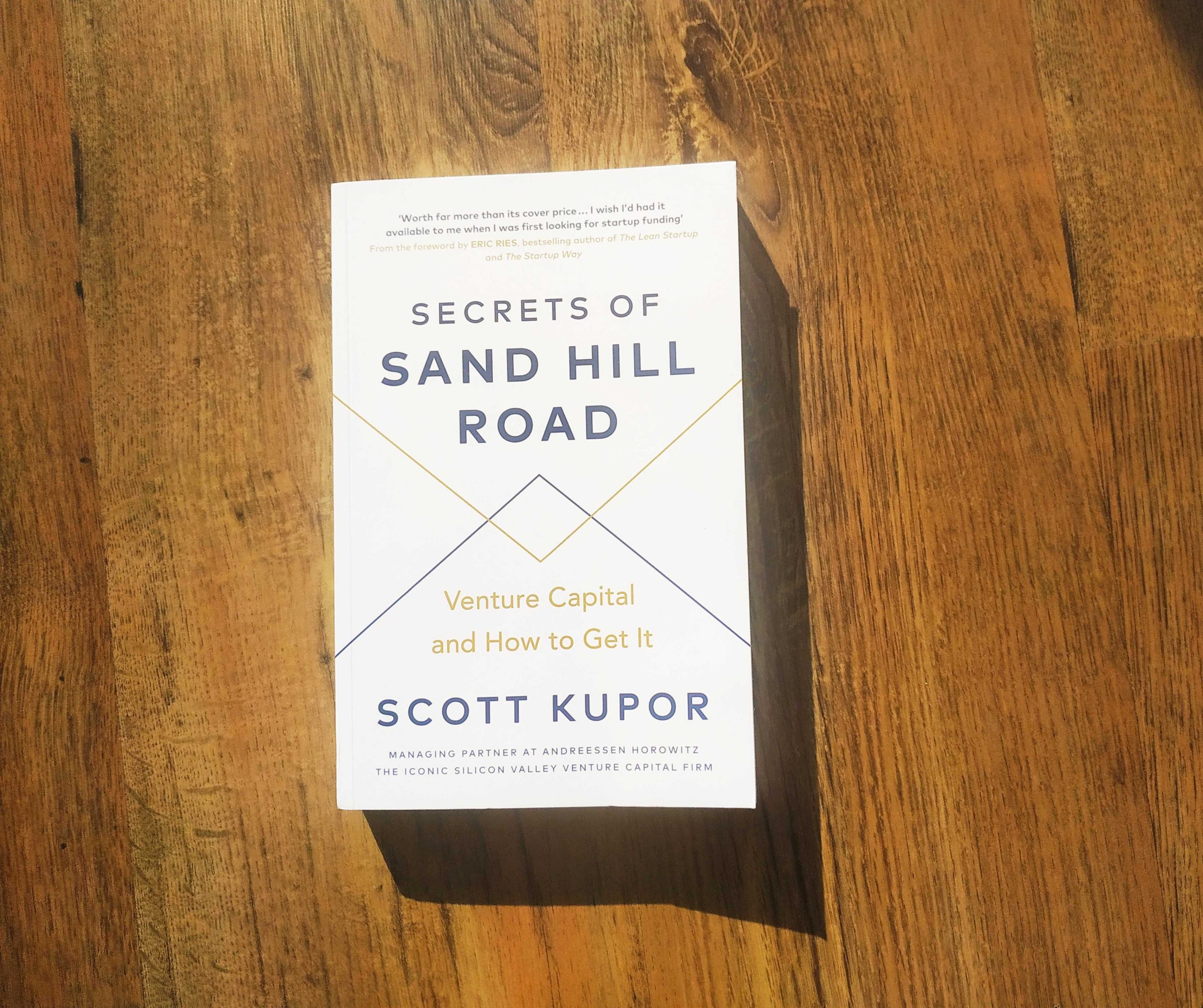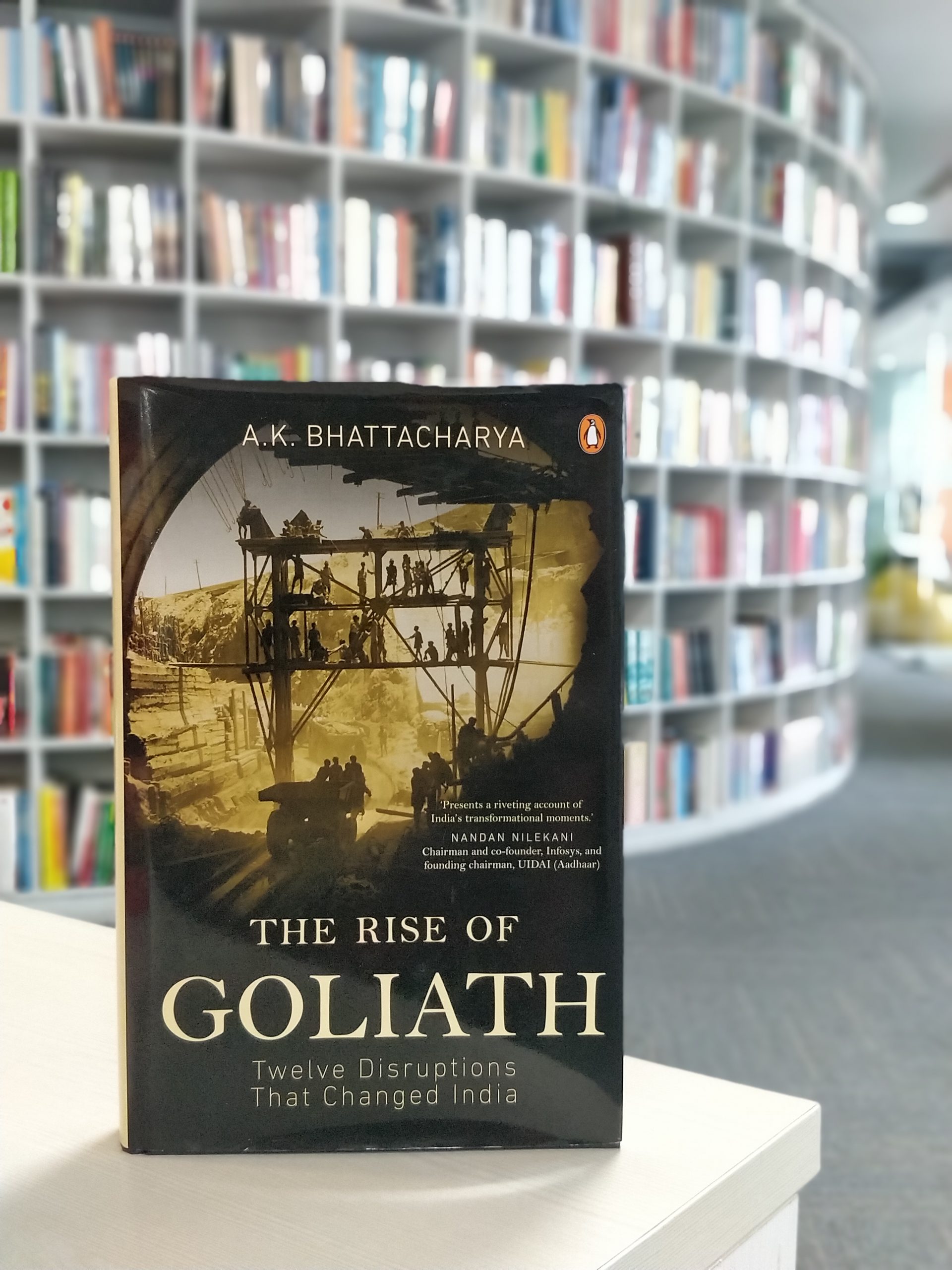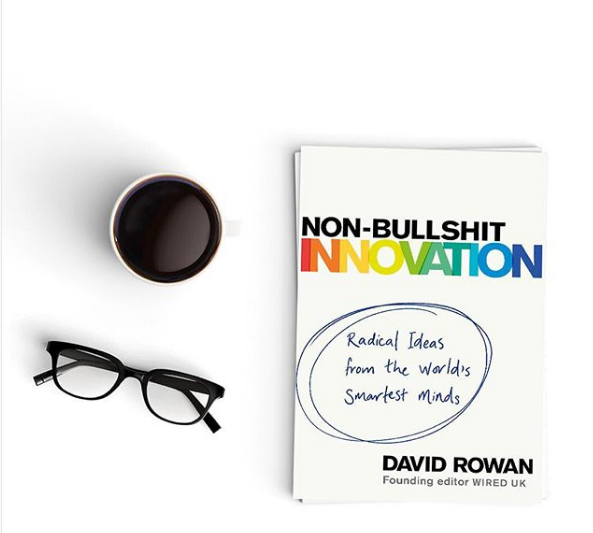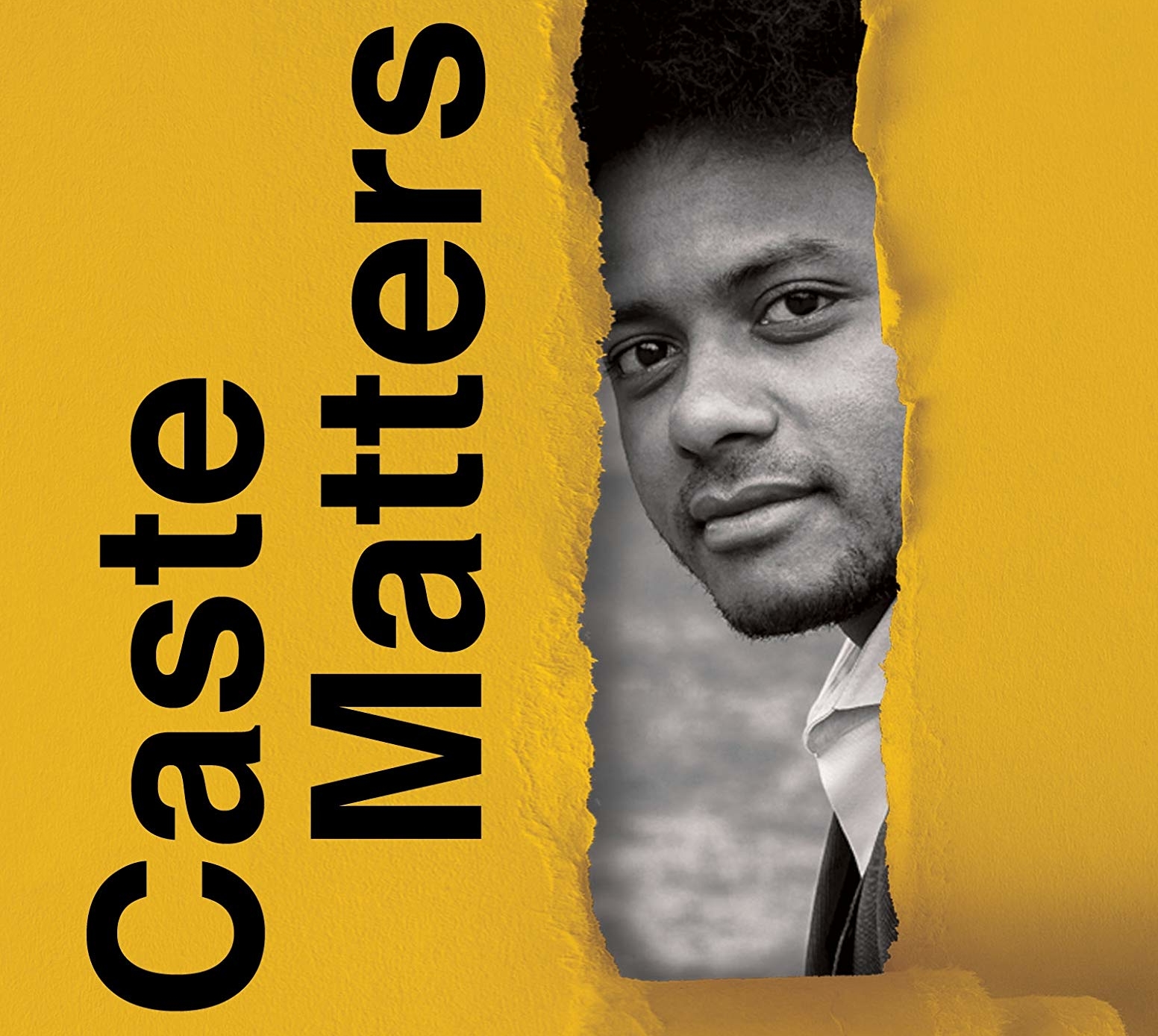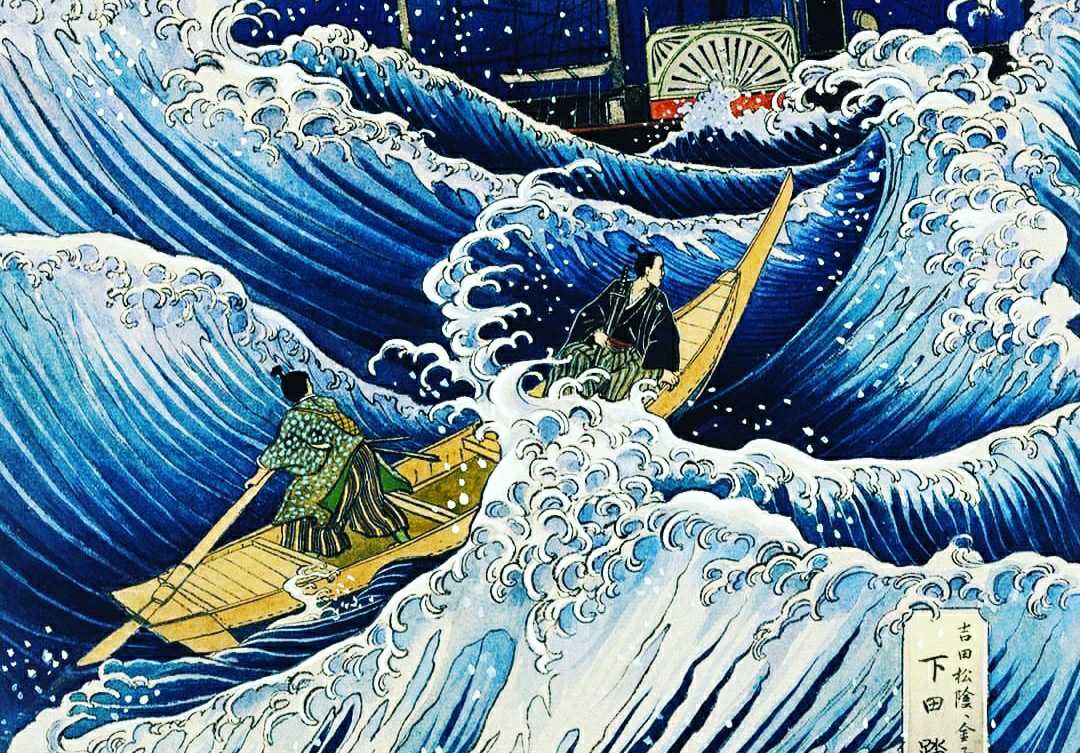The sacred texts have been coopted by fundamentalists, who insist that they must be taken literally, and by others who interpret Scripture to bolster their own prejudices. These texts are seen to prescribe ethical norms and codes of behaviour that are divinely ordained: they are believed to contain eternal truths. But as Karen Armstrong shows in this chronicle of the development and significance of major religions, such a narrow, peculiar reading of Scripture is a relatively recent, modern phenomenon.
Karen Armstrong is one of the world’s leading commentators on religious affairs. She has published dozens of bestselling books such as A History of God, The Case of God and many more.
Here we present to you how the narrow reading of scriptures is a relatively recent phenomenon.
Truth is not straightforward
40000 years ago, the first interaction between humans and religion took place. The Lion Man was formed, which was discovered in Stadel Caves in Southern Germany before the eclipse of the Second World War. Lion Man was interpreted by Jean-Paul Sartre as the human ‘ability to think of what is not’. Thus, the world we have formed around us, in it true essence, is just an amalgamation of our imagination and perception. This gives birth to a string of interpretations, which at times can be illusive. This, in the author’s words means, “… the ‘objective truths’ we rely on our inherently illusive.” Therefore, the reality we live in, is the one that we have constructed. We choose to believe it.
∼
The false interpretation of scriptures is destructive
From the Quran to the Torah, to the Guru Granth Sahib, people are reading scriptures in a very literal manner so that it conforms to their world view. In doing so, they lose out on the true spiritual value behind these holy texts. According to Armstrong, “Jihadis cite passages from the Quran to support their acts of criminal terrorism.” It is the narrow and constrictive interpretation of the Quran that is driving them to kill innocent people. The same way, “Religious Zionists quote ‘proof texts’ to assert their claim to the holy land and justify their enmity towards Palestine.”
∼
The interpretation of scriptures is changing with time to suit the societal values
The text of Quran needs to interact with the ever-changing history for new interpretations to be formed. These interpretations are necessary to, “change earthly reality”. Thus, this is where narrow reading of scriptures can come to play. The texts can be interpreted in innovative and creative ways to gel with the existing social structure. However, this new interpretation should invoke deep compassion and mercy among Muslims, so that every time they recite the Quran, its sacred power is bestowed upon them.
∼
Scriptures can give birth to deeper insights
Texts from scriptures should not be used to conform to our existing world views. However, they should be used to make us question the fundamentals of reality. The existing traditions need to be pushed for newer ones to descend. According to Armstrong,” Nanak was even ready to abandon conventional scripture…”. While reading scriptures narrowly, a person has to listen to his inner spirit, to understand and build upon its new meaning.
∼
Amalgamating the texts of scriptures in today’s world
The Reconstruction Movement was started by Gary North, a Texas businessman, in 1980s. In this movement, he implemented every single law of the Bible, including banning homosexuality, introducing slavery and stoning children. Similarly, the Wahhabi Ideology of Saudi Arabia, condemned the persecution of Shia and Sunni Muslims because they were born after the lifetime of the Prophet. These examples given by Armstrong show that when scriptures are interpreted to narrowly, the true learning behind them is lost..
∼
Scriptures have always been unclear
According to the author, “…. the modern era scripture was regarded as an ‘indication’ that could only point to the ineffable.” One reason why scriptures are read narrowly is because they are trying to explain the unexplainable, which lie beyond the realm of human language. Thus, by looking at them objectively, we try to rationalize and quantify these learning into words we understand.
Get your copy of The Lost Art of Scripture today!









